Ganesh Chaturthi
Explosive dance and colour in Jaipur
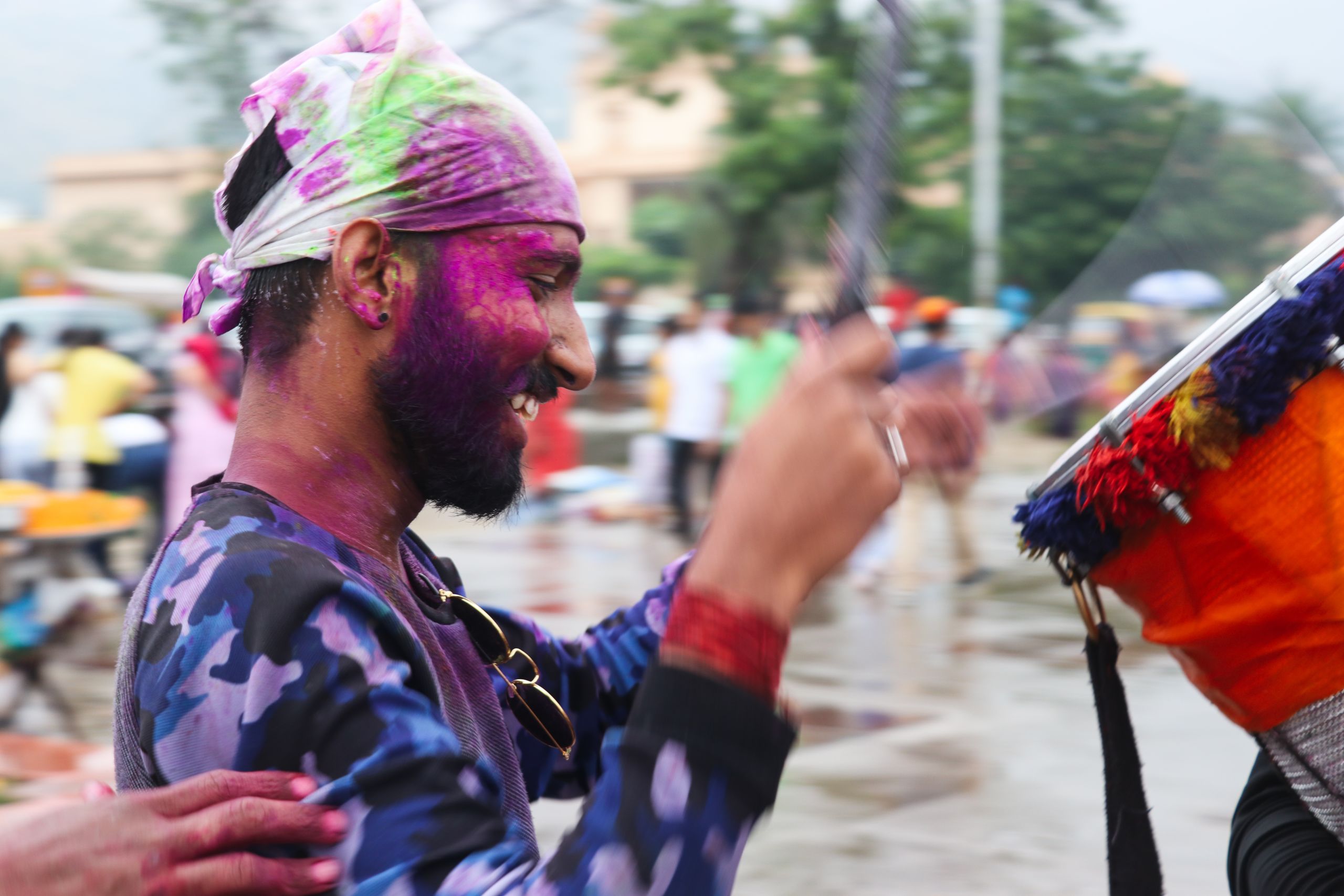
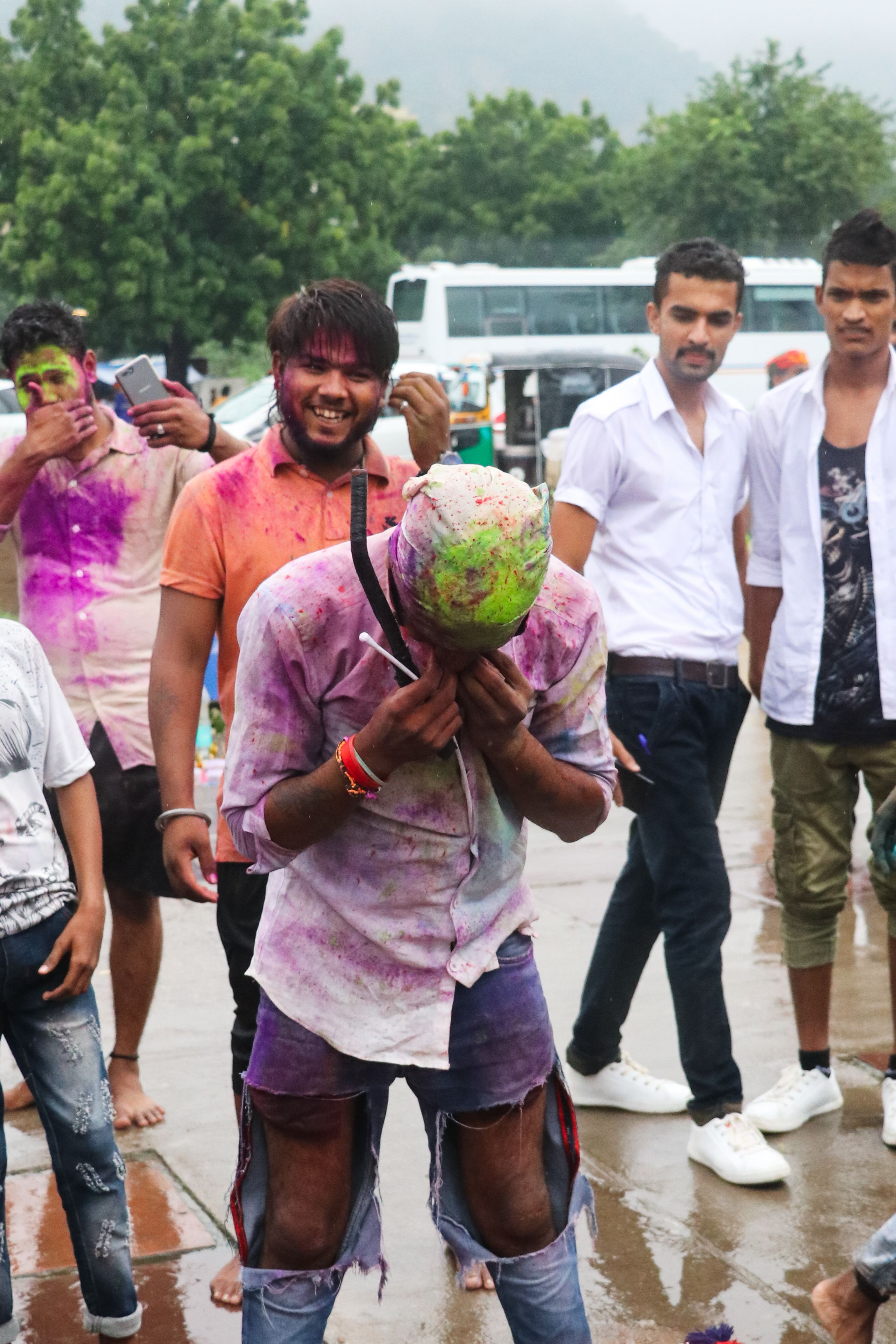
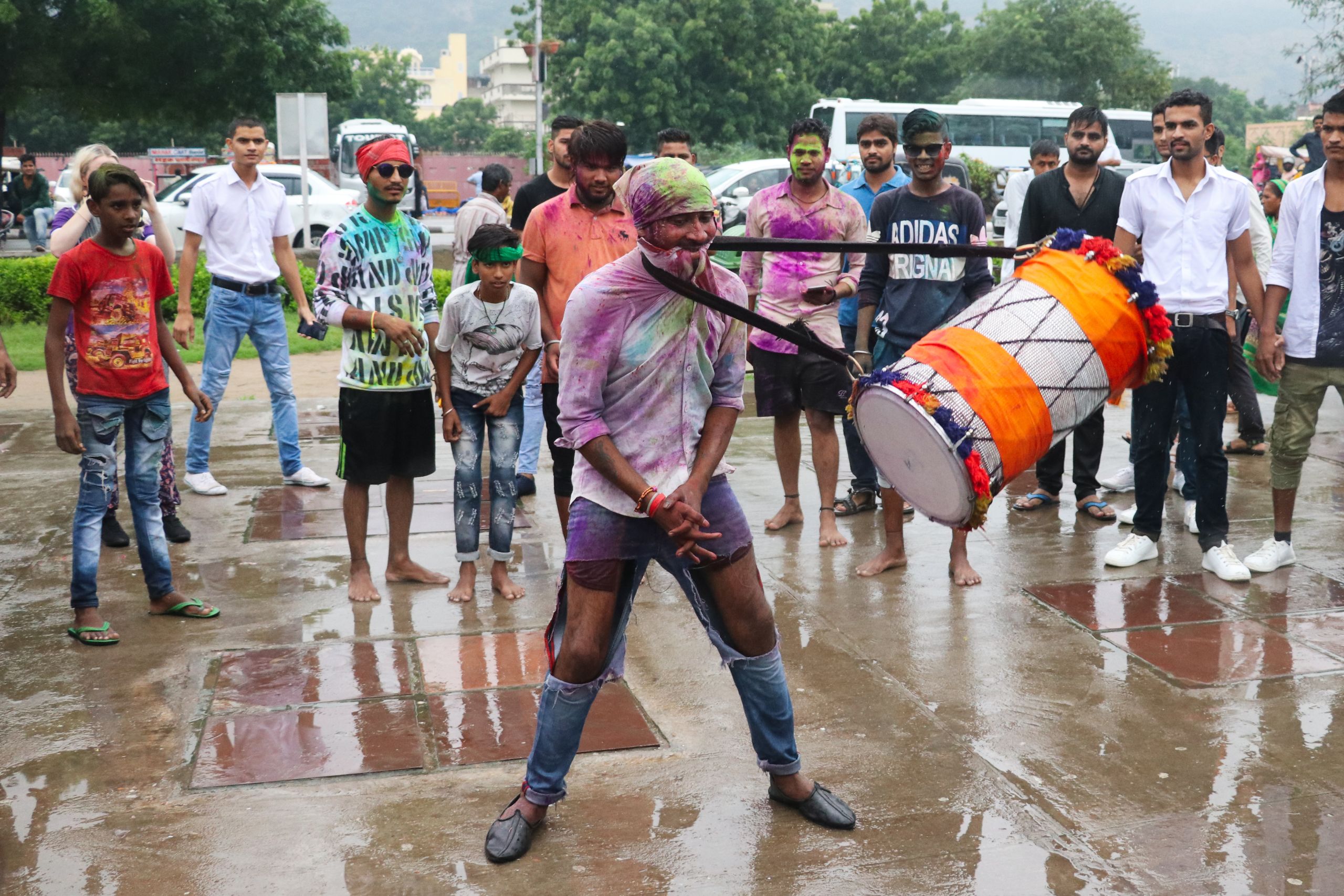
Ganesh Chaturthi is the wildly popular 10 to 12 day festival in India which celebrates Lord Ganesh's birthday.
The elephant God of knowledge and wisdom is commemorated annually during the period of September through to October.
As the festival begins, Hindu's buy idols of Lord Ganesha to worship in their homes for up to 11 days.
The idols are then removed from homes, to be taken on a sensational ceremonial procession through the streets of Jaipur.
Finally, the idols are fully immersed into water. In Jaipur, the man made lake of the Jal Mahal palace is the most common body of water that idols are taken to.
Local Hindu Mihir Mishra said the lake is cleared about three months after the festival to maintain cleanliness of the lake.
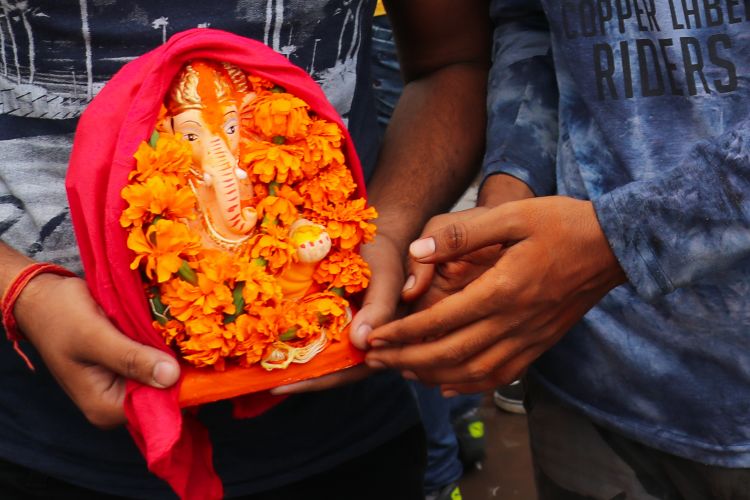
Men hold a statue of Lord Ganesh.
Men hold a statue of Lord Ganesh.
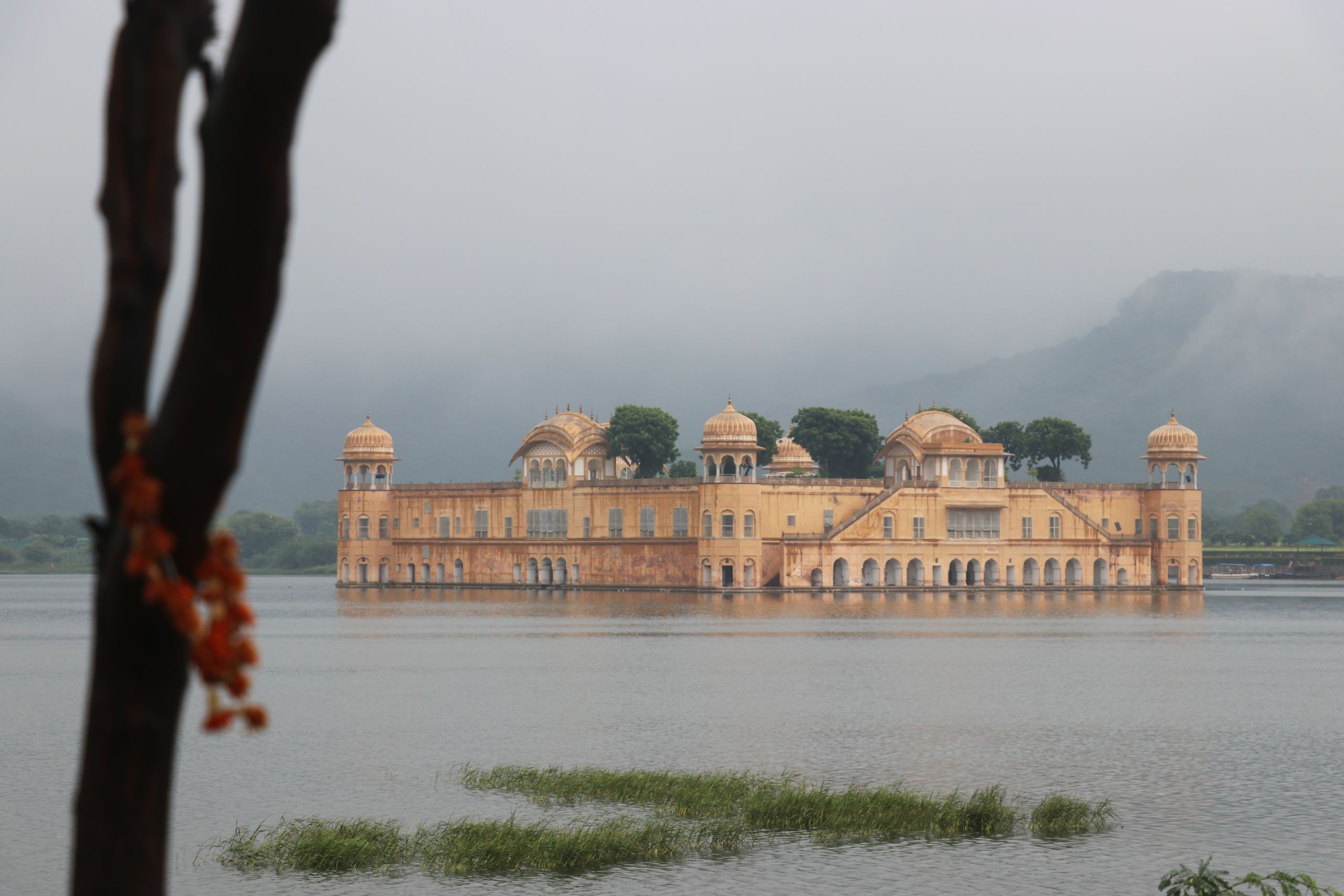
From a tourist perspective, the celebration is an explosion of colour, dance and music.
Coloured powder is common in festivals in India, such as Ganesh Chaturthi and Holi.
Gulal is the traditional Hindi name for the colours, which translates literally in English as "pink colour". Gulal represents joy to festival goers.
Gulal is traditionally made of dried petals, but modernisation has changed the powder to include chemicals that create brighter colours.
While Ganesh Chaturthi's coloured powders have changed, the traditional festival remains one of the biggest in India.


